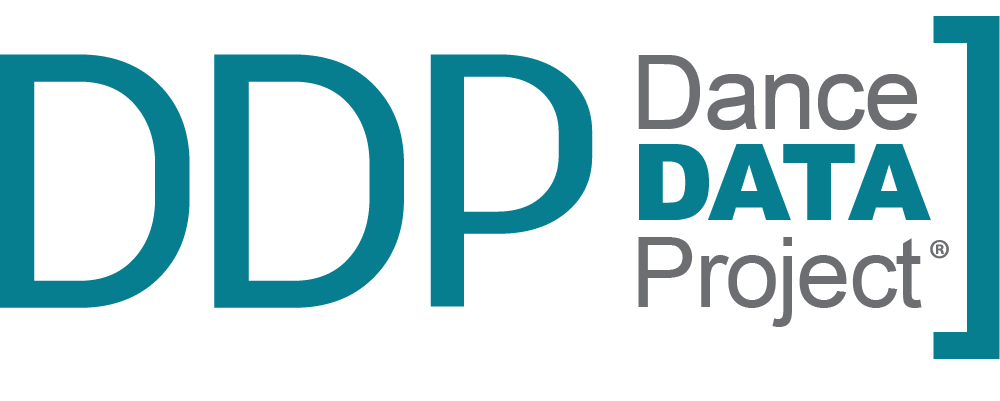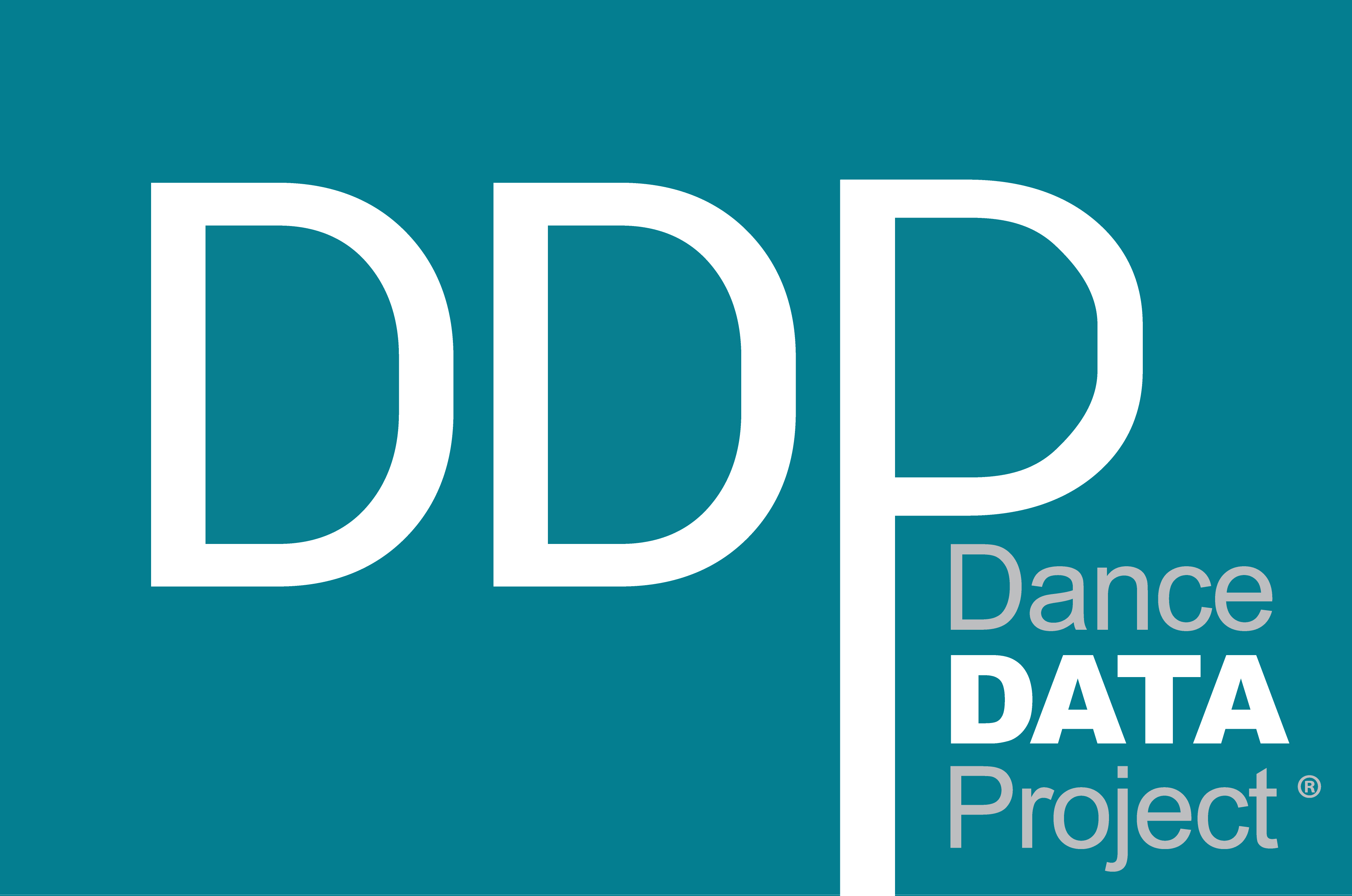DDP Talks To
"The Devil Ties My Tongue" by Amy Seiwert performed for the SKETCH Series, 2013. Photo by David DeSilva. Courtesy of Amy Seiwert's Imagery
April 30th: South Arts: Professional Development & Artistic Planning Grants, April 30th: South Arts: Express Grants, May 6th: Doris Duke Foundation Grant, May 7th: South Arts Individual Artist Career Opportunity Grant, May 27th: Dancemakers Residency, June 1st: Miami DanceMakers
×
"The Devil Ties My Tongue" by Amy Seiwert performed for the SKETCH Series, 2013. Photo by David DeSilva. Courtesy of Amy Seiwert's Imagery
“A woman stands onstage, hunched over in what looks like a bulky snowsuit, the outer shell of many layers soon to be revealed. In a meticulous undressing, she peels away items of clothing, pulling a yellow sweater over her head like taffy, nesting her legs in a stretchy blue shirt on her way to taking it off.
This is the opening of Beth Gill’s exquisite and enigmatic ‘Brand New Sidewalk,’ which I saw in its New York premiere at Abrons Arts Center in September. Wide open to interpretation, the solo, danced by Danielle Goldman, is on one level about nothing more (or less) than color, shape and texture.
Yet in Ms. Goldman’s metamorphosis, I also found a potent, if oblique, political statement — about a woman’s control over her body and her subversion of any expectations we might have for it. At no moment could you say with certainty, ‘This is who she is,’ because she never stopped transforming.
In watching dance this fall, while rounding the corner of the first anniversary of the 2016 presidential election, I’ve been struck by the political resonance not only of Ms. Gill’s work, but of, well, just about everything. Even dances with no obvious agenda have seemed like quiet protests, simply by virtue of staking a claim to space, time and the attention, amid so much urgently vying for it, of the people gathered to watch.”
“Ballet is slower to change than most art forms, but in the span of just two weeks, New York City Ballet, one of the world’s premier companies, will have shown two ballets featuring significant same-sex duets.”
“Can ballet express a modern view of the sexes? In the Western contemporary world, women and men often hold equal status at work, as leaders, as voters, as breadwinners. This kind of equality, however, is precisely what ballet cannot show.
Instead, it creates an either-or dualism from the difference between man and woman. He does most of the partnering (traditionally, all of it). She rises onto point. When he does the same (seldom), the effect is comic. The foot is a relatively tiny part of the body; yet its significance becomes colossal.
The meanings that flow from ballet are not only about gender. Yet the use of pointwork places the woman on a different level of being.”
“Artistic director, star ballerina, lobbyist, wrangler, psychologist, spokeswoman. Tamara Rojo, the artistic director of English National Ballet, is one busy woman.
Ms. Rojo, 42, a Spanish-born former Royal Ballet principal dancer, has been in her current job for four years, and she has made a startling difference to English National Ballet — a London touring company of 67 dancers that has no home theater and has struggled for a long time to establish its identity in the shadow of the Royal. On Tuesday, her company began a sold-out run of Akram Khan’s critically praised ‘Giselle’ at Sadler’s Wells. Ms. Rojo commissioned the piece last year, part of her risk-taking approach.
She is also the company’s marquee ballerina (along with a fellow Royal Ballet alum, Alina Cojocaru), somehow managing to keep up her technical form and artistry while acting as a one-woman visionary, manager, cheerleader and glamorous high-profile ad for her organization.
Does she sleep?”
“’Listen, I’ve lived in a women’s world my whole life,’ said Peter Martins, the ballet master in chief of New York City Ballet. ‘The last thing we are is sexist here.’
At the same time, the lack of female choreographers is glaringly obvious at City Ballet and other major ballet companies.
There is Twyla Tharp, the rare woman to succeed as an important choreographer in the ballet world, but few others. (Ms. Tharp, who prefers to be recognized as a choreographer, not a female one, declined to comment for this article.)
[ More on the underrepresentation of women in ballet choreography ]
People in the dance world have different ideas about the reasons behind the dearth of women in a field where, as Mr. Martins points out, women predominate in number. Certain issues, though, come up again and again.”
Reach out to us to learn more about our mission.
"The Devil Ties My Tongue" by Amy Seiwert performed for the SKETCH Series, 2013. Photo by David DeSilva. Courtesy of Amy Seiwert's Imagery
